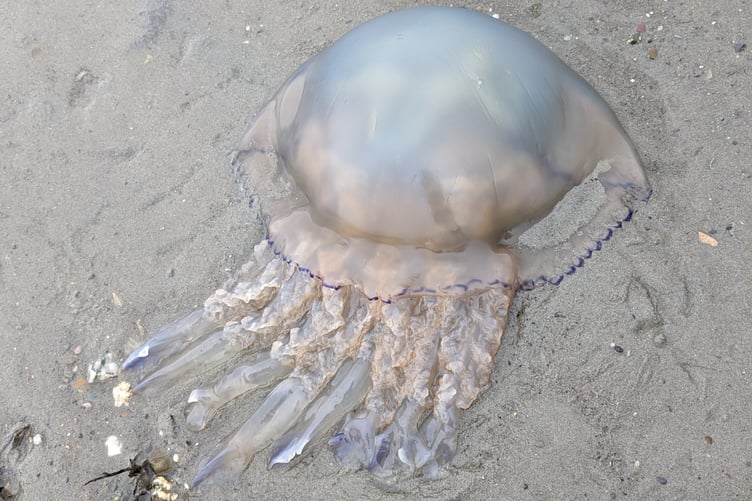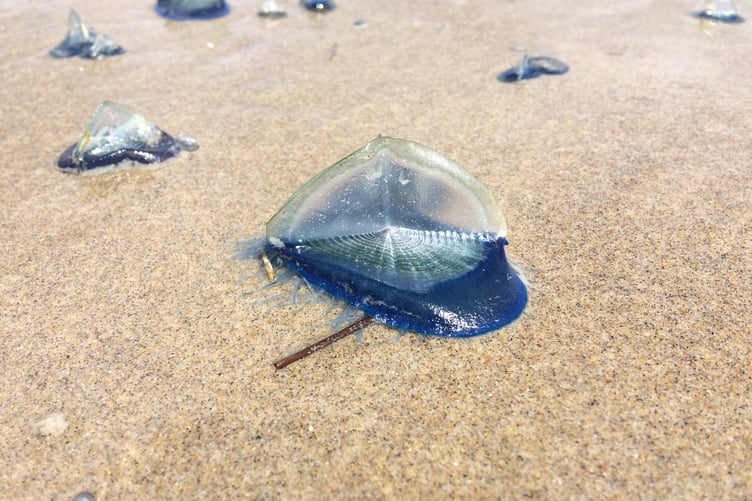As warmer weather draws more people to the sea, beachgoers are being reminded to take care around jellyfish, which are becoming more common along the island’s coastline.
While many of us instinctively avoid jellyfish in the water, not all species pose a risk. However, some can cause painful stings and should be treated with caution.
Dr Peter Duncan, senior marine environment officer at the Department of Environment, Food and Agriculture (DEFA), warned that one species in particular should be avoided.
‘The lion’s mane jellyfish is potentially large, red in colour and, importantly, has very long trailing tentacles that can cause a painful sting, which can be severe if there are multiple stings or a person is particularly susceptible,’ he said.
‘Because the tentacles can be several metres long, you might not even see the jellyfish, so be aware of long, thin white strings in the water, or if people nearby report stings.
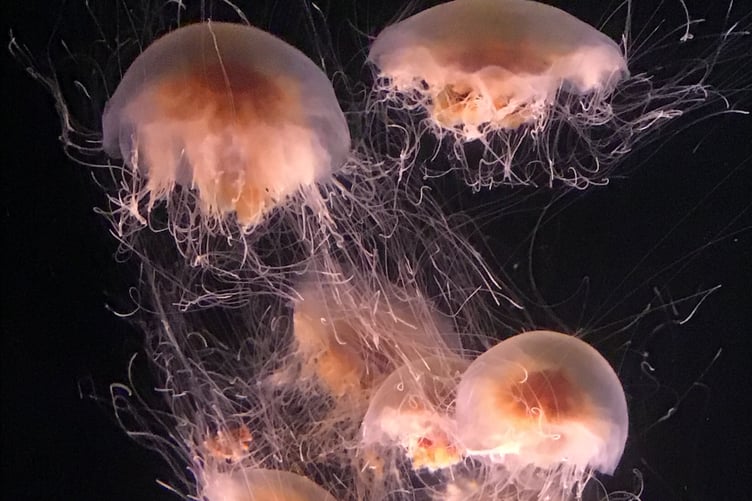
‘They can also be found stranded on the beach, but should be left alone, because they can still sting.’
Dr Duncan also highlighted the compass jellyfish as another local species that can deliver a painful sting.
‘It’s so called because its brown radiating lines resemble a compass rose,’ he said. ‘Although not as large or long as the lion’s mane, it’s still quite big and should be avoided in the water and on the beach.’
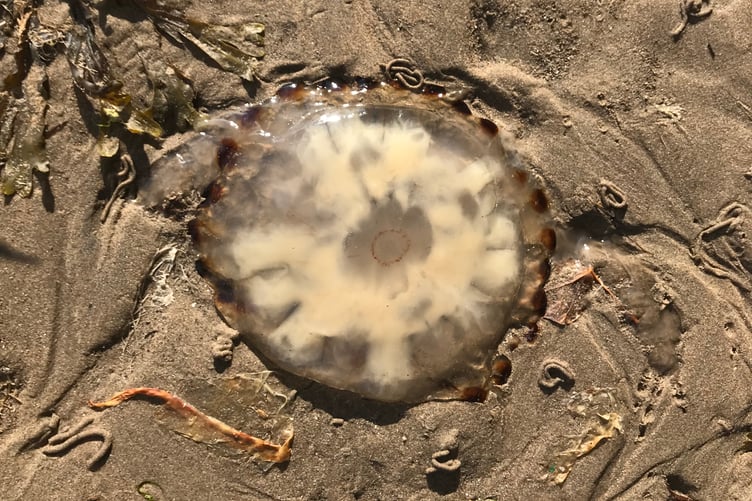
Not all jellyfish are harmful, and many play an important role in marine ecosystems.
‘They provide food for several species, including the leatherback turtle, a rare visitor to the Isle of Man, and even offer shelter for juvenile fish,’ Dr Duncan said.
‘Being in the middle of the Irish Sea means the Isle of Man has a good jellyfish diversity. Most of our jellyfish are harmless, with mild or no noticeable sting.’
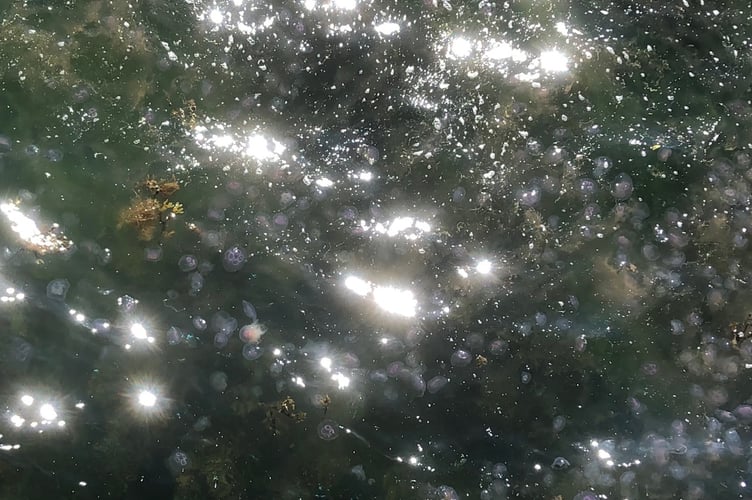
Dr Duncan also warned against a common misconception around jellyfish stings.
‘The first thing to say is – don’t pee on them! That’s a myth,’ he said.
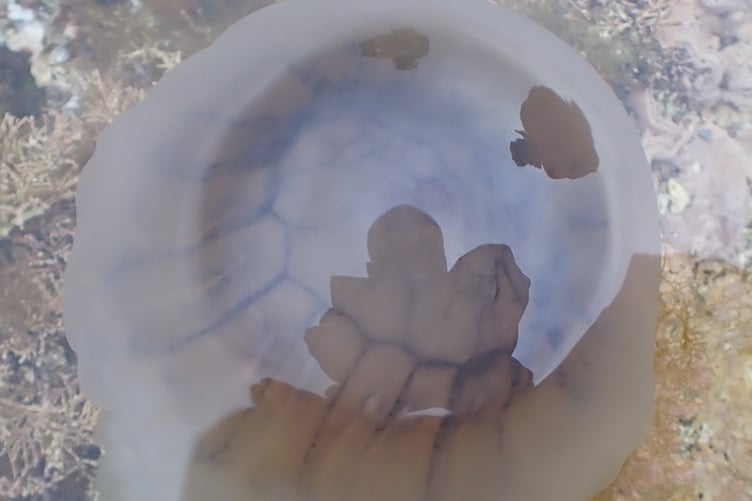
‘If you do get stung by lion’s mane or compass jellyfish, the advice is to leave the water as soon as possible, rinse the affected area with vinegar (rather than sea water) to deactivate the stinging cells, and then bathe in hot water at bath temperature to relieve the pain.’
Other jellyfish commonly found around the island include moon jellyfish, which are numerous and largely harmless; blue jellyfish, which are rarer and can cause a mild sting; and the large barrel jellyfish, which may look intimidating but rarely sting.
There are also occasional sightings of colonial jellyfish, which are not true jellyfish, such as the by-the-wind sailor and Portuguese man o’ war. These are uncommon around the island, but should be avoided if encountered.
